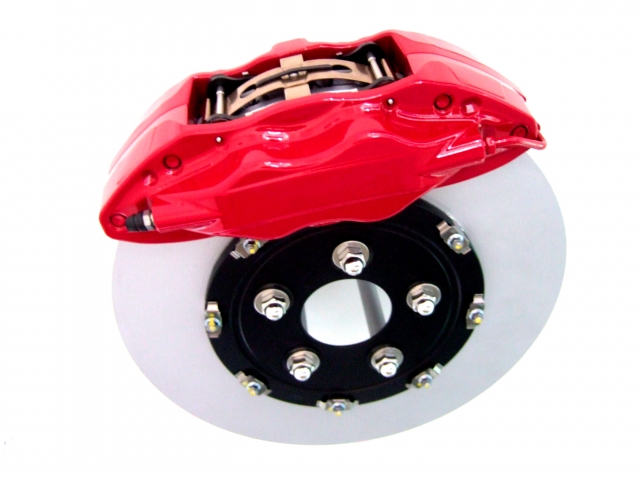In the last week, I shuttled back and forth to Tokyo twice. One of the opportunities was for the meeting related to SIP project, in which my due is to develop a coarse-grained simulation scheme for thermoset polymers, on the basis of the multi-chain slip-spring method. The other event was the lecture in the gel group in the Japanese polymer society on the rheology of gelation. The latter was dedicated to introduce the Chambon-Winter method for the gelation. Professor Urayama should give this talk because he is the famous rheologist doing gels and network polymers. But he was busy at that day and I was a cover for him. However, I found Prof. Sakai in the venue! It was somewhat embarrassing for me to make the lecture on gel rheology in front of him…
During the events, I got an interesting news for MR fluid. At the Tokyo motor show 2017, the Akebono brake company displays the new break system with Magneto-rheological fluids. Magneto-rheological fluids are liquids that changes the viscosity according to the magnetic field intensity. The use of such a fluid to the break system seems several advantages to the conventional solid breaks. For instance, fluid is not worn down, and it dissipates the heat of friction. The material itself seems not new. Indeed, there were lots of research projects for electro and magneto rheological fluids 20 years back, even in the private sector. I heard that applications to motor-cars have been attempted even in the past. However, at that time, conventional combustion systems dominated the market. In the conventional systems, ER and MR systems are practically difficult owing to the electric systems equipped with low power supply. Now, the situation is changing into EV, in which high electric power supply is available and may be used for ER and MR, as well as the driving system.
The rise of EV may induce the return of ER and MR…
